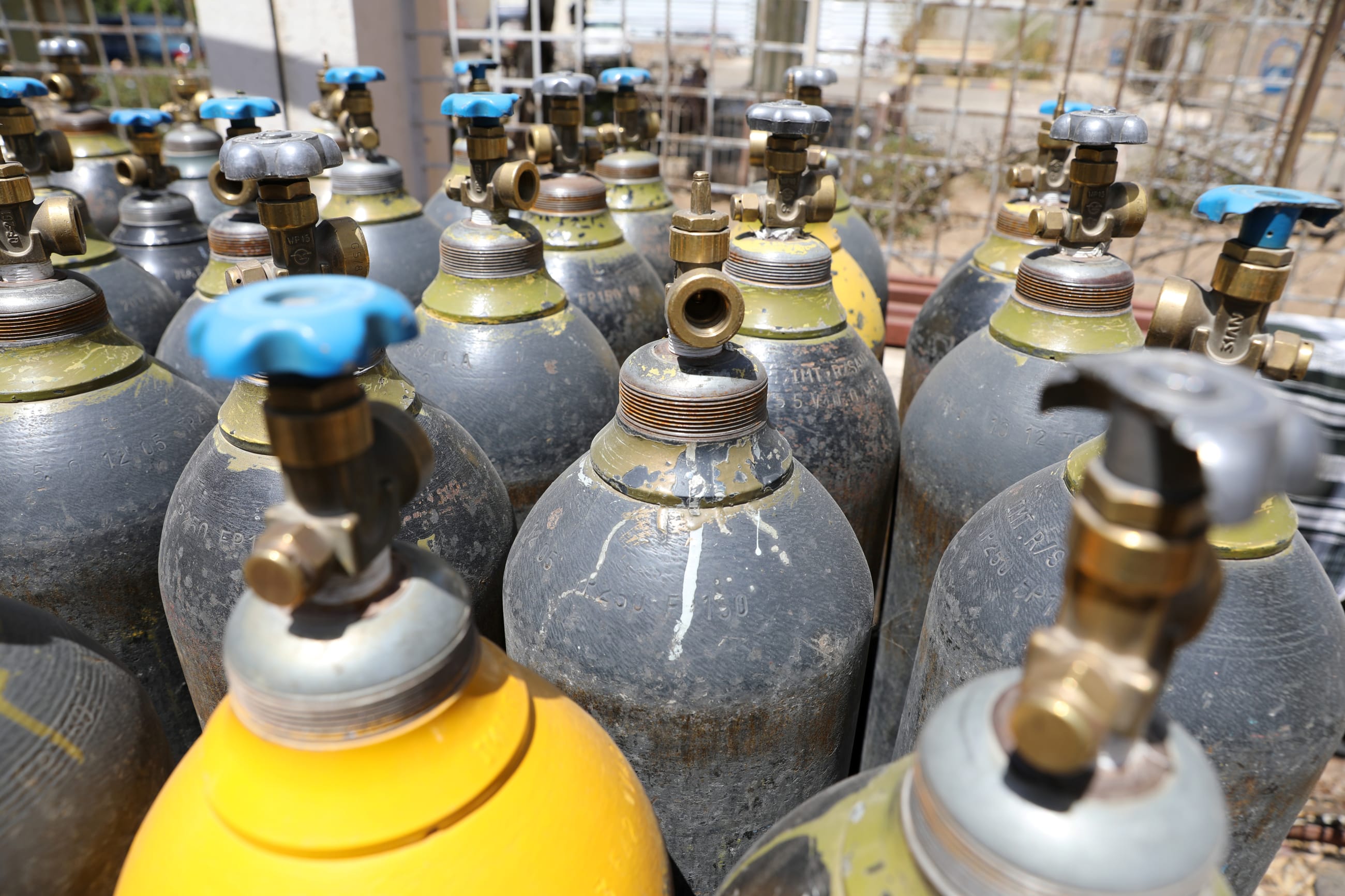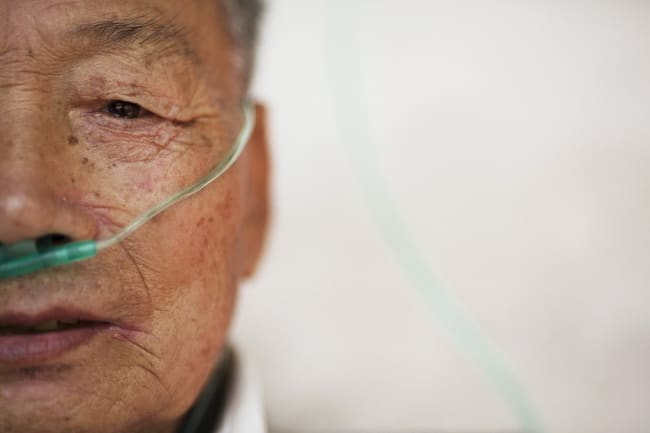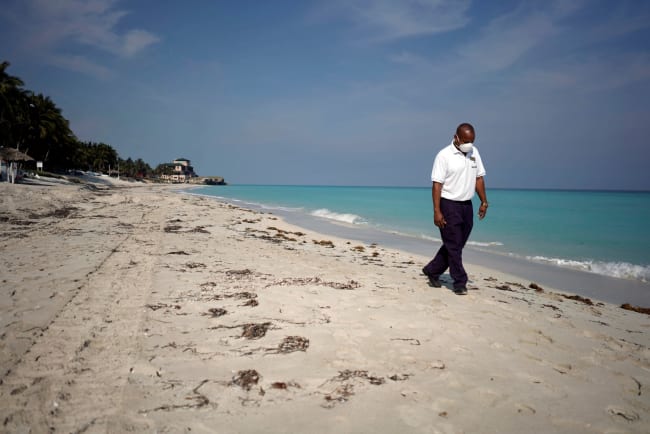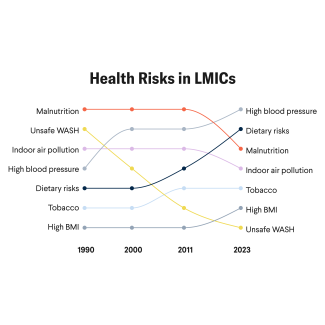Medical oxygen is a life-saving medicine that has no substitute. Twenty-five million people die each year of acute and chronic conditions that can require medical oxygen, University of Washington researchers estimate, including heart disease, injuries, lower respiratory infections, tuberculosis, chronic obstructive pulmonary disease, lung cancer, neonatal disorders, and more. Medical oxygen is also essential for safe surgery and trauma care, and providing it reduces deaths among hospitalized children by 25 percent, according to a recent review, making it as cost effective as childhood vaccination.
During the COVID-19 pandemic, lack of access to medical oxygen elevated the death toll. It's unclear exactly how many of the estimated seven million COVID-19 deaths could have been prevented with adequate supplies of medical oxygen, but a study of COVID-19 deaths in African intensive care units found that half of patients died without ever receiving it. Across Africa, Asia, and Latin America, patients and families stood in line for hours to fill oxygen cylinders. Others paid exorbitant prices to buy oxygen on the private market. Patients lay on gurneys in hospital parking lots not admitted because no oxygen was available. In some places, desperate doctors took to social media to beg for oxygen for their patients or sought to airlift vulnerable newborns to hospitals that had it.
Providing medical oxygen reduces deaths among hospitalized children by 25 percent
Despite the oxygen support provided during COVID and the establishment of a new Global Oxygen Alliance, led by Unitaid and The Global Fund, many patients in low- and middle-income countries still lack access. Fewer than half of health facilities in low- and middle-income countries have continuous access to oxygen, according to the World Health Organization. Unreliable equipment, untrained personnel, and weak distribution networks, especially in rural and remote areas, continue to plague many health systems.
New solutions are available. For example, in the Indian states of Uttar Pradesh and Karnataka, the nonprofit One Health Trust is working with the government to build medical oxygen grids to provide transparency on oxygen demand and supply and quickly fill any gaps without raising prices.
An oxygen grid works much like an electricity grid, which connects a facility where power is generated, transmission lines, storage facilities, and other decentralized generators. No country would rely on decentralized solar or micro-hydro plants for electricity without also building centralized power generators and systems for redistributing power when some areas lack it. Similarly, a reliable national oxygen grid should have both centralized and decentralized production, reliable transmission, and storage—ensuring that rural areas are well served and that oxygen can be diverted anywhere when it becomes scarce.
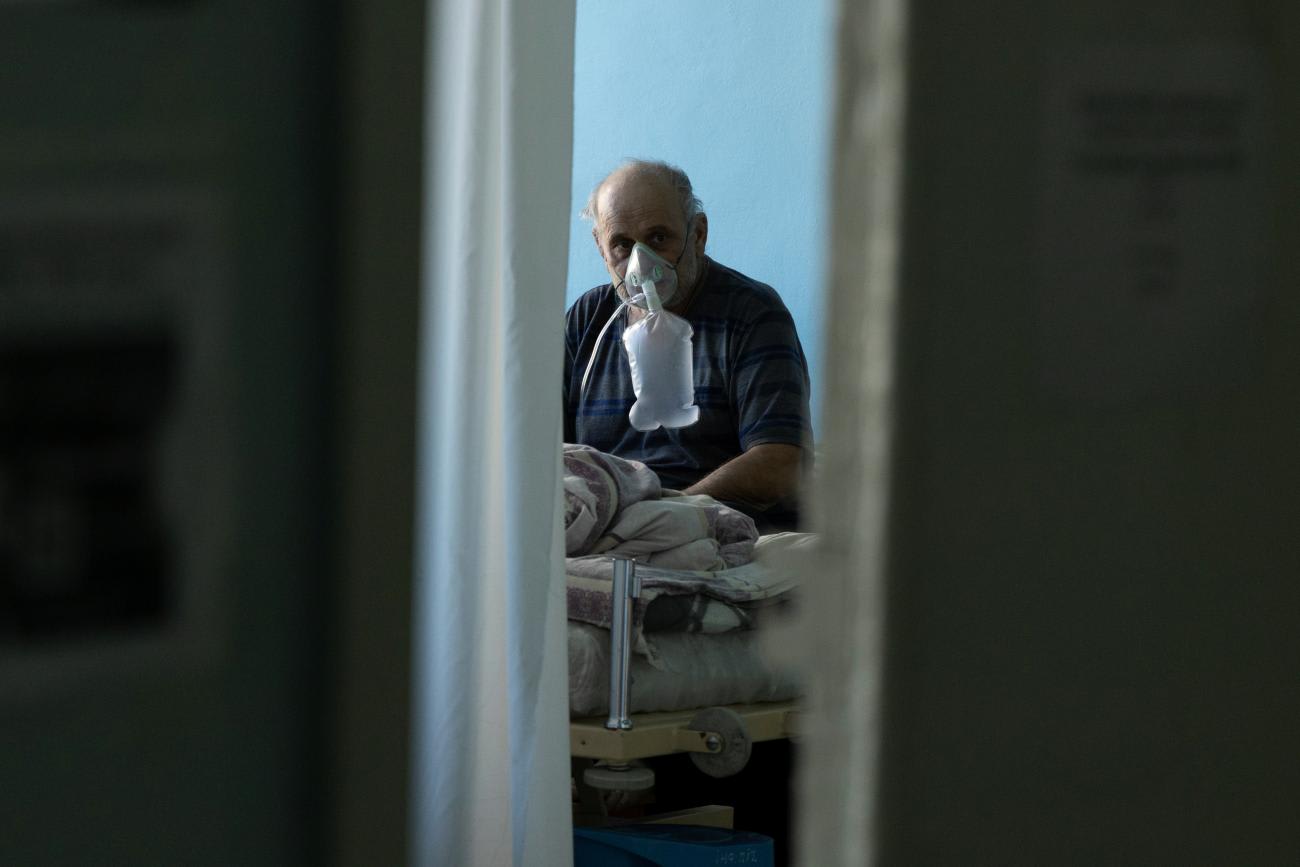
Shamefully, world leaders have turned a blind eye to the lack of access to medical oxygen, which isn't on the agenda of the UN General Assembly High-Level Meeting on Pandemic Prevention, Preparedness, and Response, to be held later this month. The assembled governments' draft declaration does not contain a single reference to it, nor do the draft declarations for two other upcoming high-level health meetings, on universal health coverage and tuberculosis.
This omission is difficult to comprehend. In a milestone decision at the World Health Assembly less than six months ago, member states unanimously adopted a resolution on increasing access to medical oxygen, which urged that medical oxygen be included in global and national pandemic preparedness and response efforts and other health emergencies. Both the draft pandemic convention and the Independent Panel for Pandemic Prevention, Preparedness, and Response have affirmed the vital role of medical oxygen during pandemics of respiratory infection and have recommended including medical oxygen as part of pandemic preparedness and response efforts.
A strong signal from all three UN meetings would also strengthen the work of the Global Oxygen Alliance and the Pandemic Fund to help vulnerable countries make big inroads in closing remaining gaps in access to medical oxygen. Failure to do so means accepting the current death toll from lack of access to medical oxygen and putting millions more lives at risk when the next respiratory pandemic hits.

